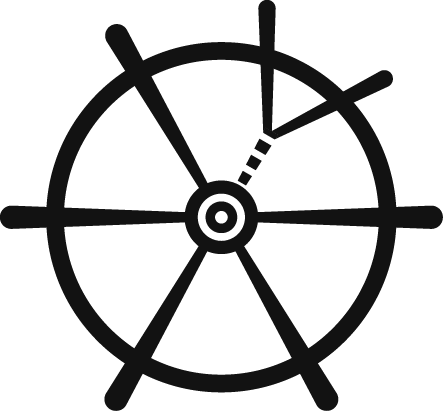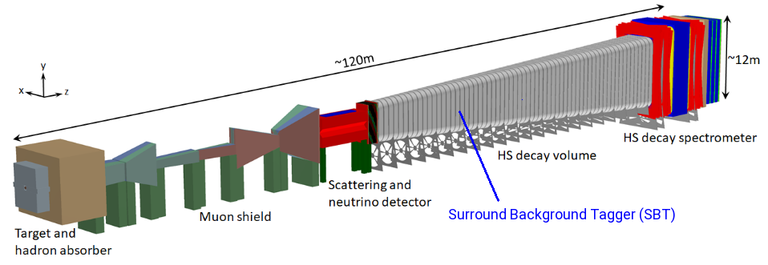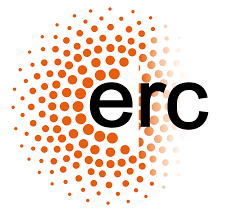SHiP
 SHiP is a future general-purpose experiment to be installed at ECN3 at CERN's SPS to search for hidden particles. These are predicted by many theoretical models of so-called "Hidden Sectors". These models are addressing some of the most pressing questions in modern particle physics, such as dark matter, neutrino oscillations, and the origin of the baryon asymmetry in the Universe.
SHiP is a future general-purpose experiment to be installed at ECN3 at CERN's SPS to search for hidden particles. These are predicted by many theoretical models of so-called "Hidden Sectors". These models are addressing some of the most pressing questions in modern particle physics, such as dark matter, neutrino oscillations, and the origin of the baryon asymmetry in the Universe.
The SHiP experiment was approved by CERN in spring 2024. It aims at searching for very weakly interacting long lived particles including Heavy Neutral Leptons -- right-handed partners of the active neutrinos, vector, scalar, axion portals to the Hidden Sector, and light supersymmetric particles, etc. The high intensity and the high energy of the Super Proton Synchrotron (SPS) beam together with the large production cross section of charm mesons and photons allow accessing a wide variety of light, long-lived and neutral exotic particles of such models and of supersymmetric particles as well.
The ShiP detector consists of two complementary instruments, capable of searching for hidden particles through both visible decays and scattering signatures from recoils of electrons or nuclei. These are the scattering and neutrino detector (SND) and the hidden sector decay spectrometer (HS).

The technical description of the SHiP facility can be found in the Comprehensive Design Study Report and the physics case of is summarized in this article.
The decay spectrometer and the surround background tagger
The HS decay spectrometer aims at measuring the visible decays of HS particles by reconstructing their decay vertices in a 50 m long decay volume. This decay volume is evacuated to eliminate the background from neutrinos interacting in the decay volume. Charged and neutral decay particles are identified in a spectrometer behind the decay volume, consisting of a straw tracker (SST), an electromagnetic calorimeter (ECAL) and a muon detector. The decay volume walls are instrumented by the liquid scintillator-filled surround background tagger (SBT) to identify neutrino- and muon-induced inelastic interactions in the decay volume walls. These may produce backgrounds that decay in the decay volume and mimick signal events.
The Freiburg Astroparticle Physics group joined SHiP in 2021 and contributes to the SBT, in particular to the liquid scintillator cells and the readout electronics. In the last years we designed, constructed and operated a single full-scale detector cell (operated at the DESY testbeam in 2022) and a a full-scale 2x2 detector module (operated at the CERN testbean in 2023 and 2024). At the moment, the R&D towards the technical design report (TDR) is ongoing.
Publications
- Performance of a First Full-Size WOM-Based Liquid Scintillator Detector Cell as Prototype for the SHiP Surrounding Background Tagger
J. Alt et al.
JINST 19, P05024 (2024), arXiv:2311.07340 - The SHiP experiment at the proposed CERN SPS Beam Dump Facility
C. Ahdida et al. (SHiP Collaboration)
Eur. Phys. J.C 82, 486 (2022), arXiv:2112:01487 - First measurement of the surface tension of a liquid scintillator based on Linear Alkylbenzene (HYBLENE 113) mixed with Diphenyloxazole
J. Alt et al. (SHiP-SBT Collaboration)
JINST 17, T05012 (2022), arXiv:2201.12139





